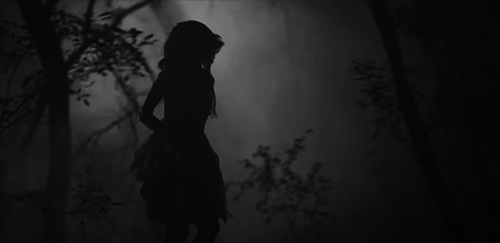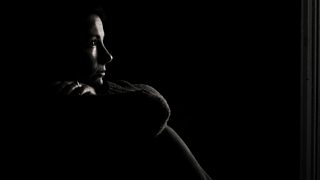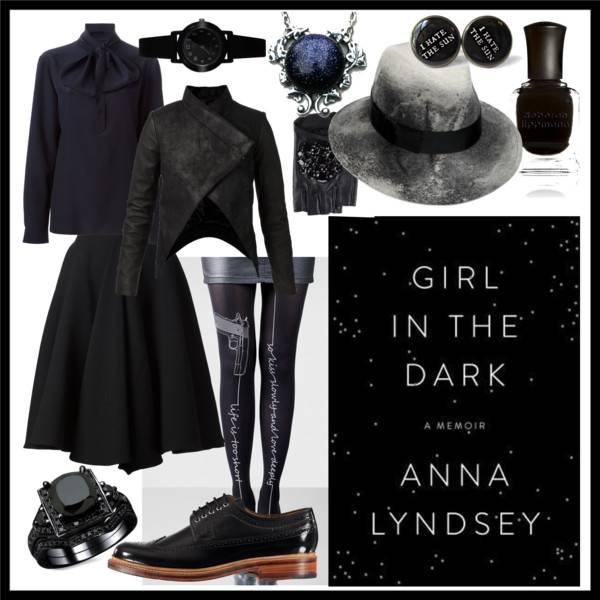

Reflecting, for instance, on one psychological side effect of her disability, Lyndsey considers that, though music should be that rare available comfort during lightless confinement, in fact she cannot bear it in any form, because “somehow, music listened to in solitary darkness becomes devastating in its power.” It “unhinges me, reduces to howling chaos my prudent tidying of emotion, my management of agony.” Such inability to dictate even small terms of her imprisonment leads her, and therefore us, to the insight that “illness reminds us of the limits of human will.” The book’s short, fragmentary chapters range from background narrative to lyric contemplation to descriptions of games one can play in the dark, and flashes of acute perception abound. Like a poet, Anna Lyndsey (a pseudonym) is both close observer and philosopher, capable of describing her world and also of pondering what it signifies. Her photographer husband, Pete, is a bright spot in her life, along with occasional periods of relief when she is able to tolerate low natural light just before dawn and at dusk.ĭon’t miss this intriguing, well-written memoir at Carlsbad Public Library.A reader trolling the bookstore’s memoir section, sampling passages from random volumes, finally encountering Anna Lyndsey’s melodic, penetrating prose among the drama-heavy movie-of-the-week wannabes, might be excused for any unbecoming public outburst: a fist in the air, say, and a bellow of “Score!” For although “Girl in the Dark” is based on the author’s experience of a startling medical condition - full-body light sensitivity so severe that Lyndsey becomes largely restricted to a stifling blackout room - a spot-check of its paragraphs reveals the quiet, ingenious consciousness of a poet. I come off the phone, every time, more cheerful than before.” Down the telephone wires my friends give me massive transfusions of life. Telephone friends: “I have got to know other people in the strange club of the chronically ill.



It has become a tangled web of wool and emotion and working out what to do about it is currently beyond my powers.” I roll up and impale the ball of wool, stow the knitting in a plastic bag on top of the wardrobe. I leave my darkness and examine what I have produced the neat ribbed stripes have gone haywire, all bobbly and uneven, as though affected by some lichenous growth. Knitting: “The plan is that I’m going to knit a scarf, straight up and down, no complicated shaping, in knit two, purl two rib.


 0 kommentar(er)
0 kommentar(er)
